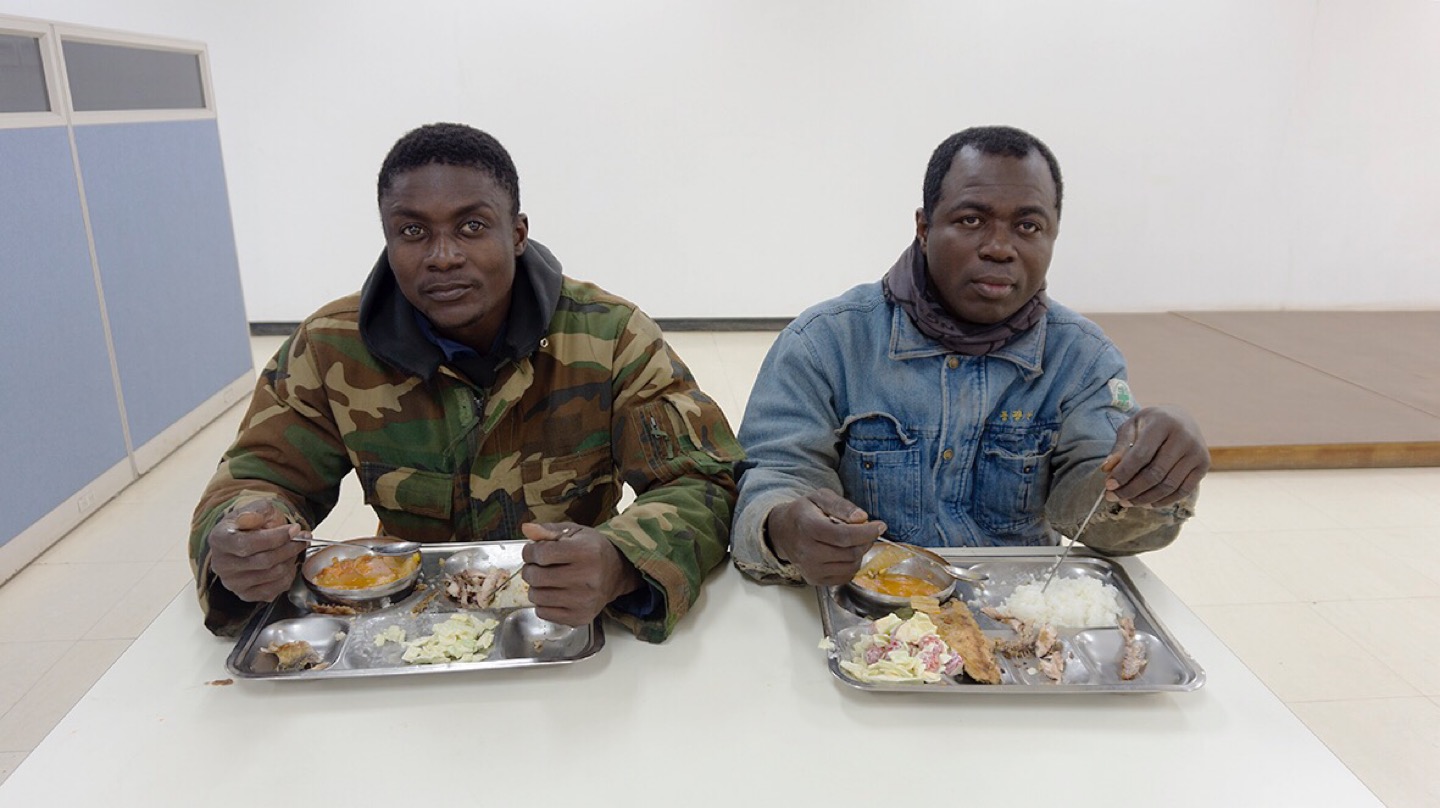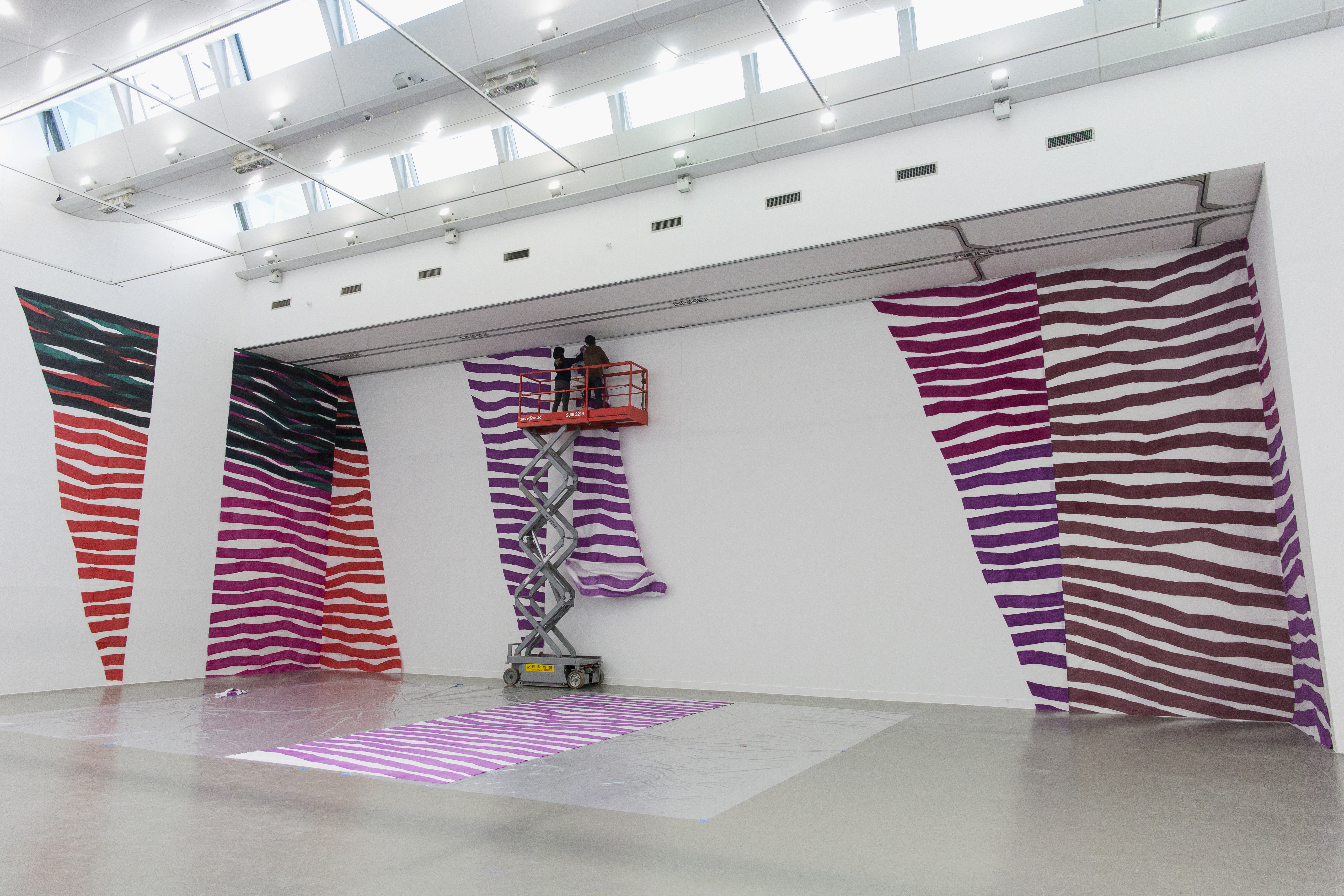MV Sewol memorial exhibition
April 16–June 26, 2016
268, Dongsan-ro
Danwon-gu
15385 Ansan-si Gyeonggi-do
South Korea
Hours: Tuesday–Sunday 10am–6pm
T +82 31 481 7000
Artists: Kyuchul Ahn, Sohee Cho, Hochul Choi, Jeong Hwa Choi, Eun Chun, Soun Hong, Minseung Jang, Su Hyun Jeon, Sook Jin Jo, Jin Kyoung Jun, Hong-Goo Kang, Sindae Kang, Sangdon Kim, Yongju Kwon, Seahyun Lee, Yunyop Lee, Suntag Noh, Eun Tae Park, Jaedong Park, Choong hyun Roh, Yongsun Suh, Photographers who Remember MV Sewol
Gyeonggi Museum of Modern Art (GMoMA, Director Eunju Choi) presents, from April 16 to June 26, 2016, a memorial exhibition April the Eternal Voyage to remember the victims of the Sewol ferry disaster. The exhibition was conceived as a means to console the families and friends of the victims as they continue to suffer from the loss of their loved ones. For the past two years, GMoMA has prayed alongside bereaved families at the Government Joint Memorial in Hwarang Recreation Park, and it has organized this exhibition in order to support the families as they attempt to resume their lives.
This memorial exhibition, April the Eternal Voyage, seeks answers regarding the role of art in contemporary society in which we are losing the ability to empathize with others, and questions the fundamental issue, “What is art?” The exhibition has invited 22 Korean artists/groups from different generations and genres, featuring works of established, young, and field artists, including Kyuchul Ahn, Sook Jin Jo, Jeong Hwa Choi, Sindae Kang, Eun Chun, and Jin Kyoung Jun, Yunyop Lee, respectively. The artists attempt to confront our collective anger and fear, while at the same time embracing our sorrow and pain. These perspectives and questions address the issue of precisely what art should represent and express in the aftermath of the Sewol ferry disaster, and how art can work in harmony with society.
The disaster that we witnessed on April 16, 2014 aroused in us feelings of resentment and disbelief and urged us to question the fundamental structure and system of Korean society. We helplessly watched 304 passengers of the Sewol ferry buried in the sea, and beyond mourning and raving with anger, the disaster dismantled the basis of all of our lives, and caused many to question the guidelines in our lives. Numerous arguments and conflicts surged following the Sewol ferry disaster, but none of them were associated with recognizing the warning of and revealing the truth of the disaster and were rather used as issues in political disputes.
Two years have passed since April 16, 2014, and the Sewol ferry disaster has become a milestone that distinguishes the order in political discourse in Korea, and also in art. Many artists have worried about what to represent and depict in art in the aftermath of the Sewol ferry disaster, and the works featured in April the Eternal Voyage exhibit only a part of their concern. Some vividly describe the Sewol ferry disaster, while other works illuminate the anxieties and contradictions in Korean society. This exhibition also seeks to investigate the function of art and the nature of humans, who willingly prayed with the families of the victims.



